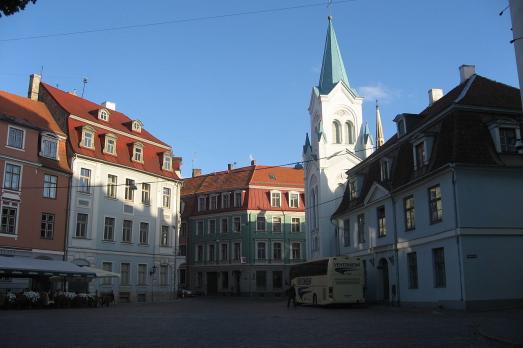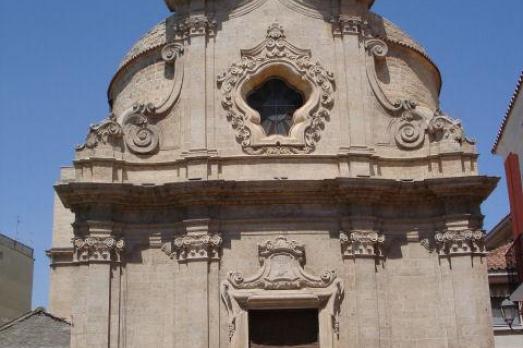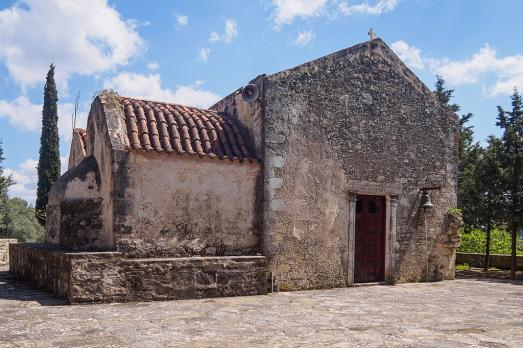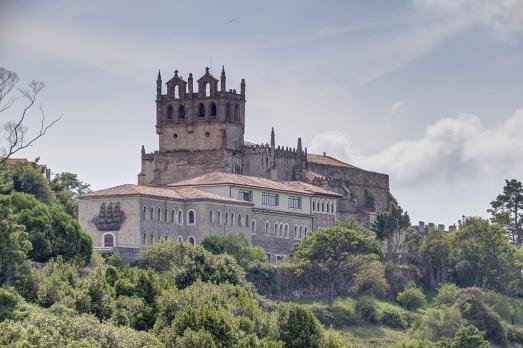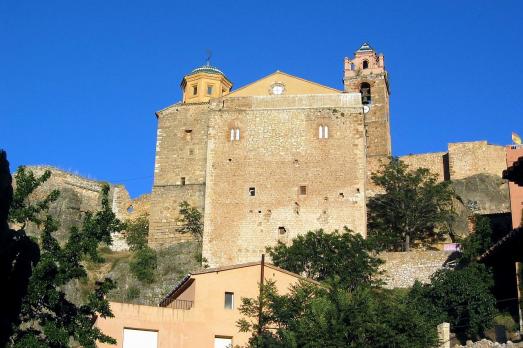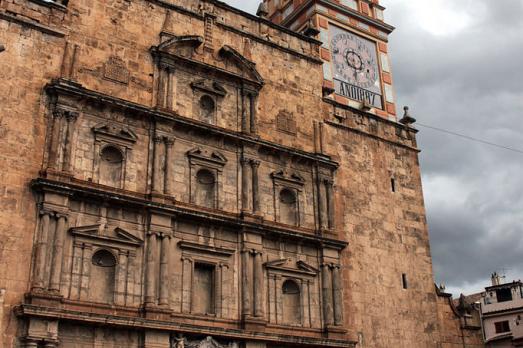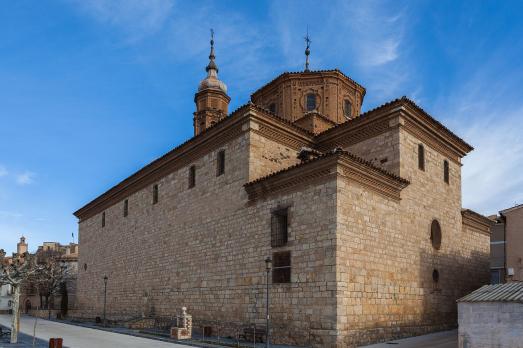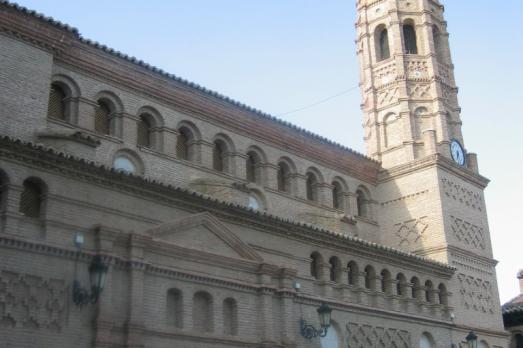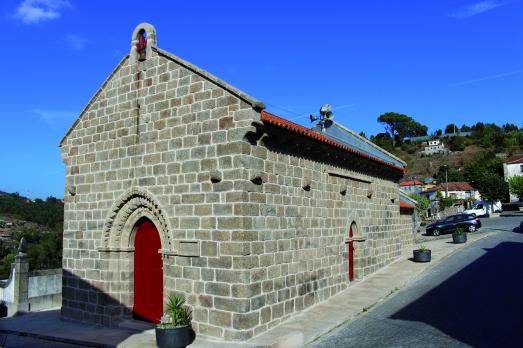
Church of Our Lady of Nativity of Escamarão
Cinfães, PT
The Church of Escamarão integrates the set of temples built according to the models of the so-called rural Gothic. Despite the massive aspect of its walls, ripped through by narrow crevices, the portals are bare of columns and tympani and its archivolts are directly grounded at ceiling heights. The chevet of the window, already of Gothic expression, stands out although decorated with pearl motifs, which are typical of the Romanesque. On the other hand, the inscription next to the main entrance (1358) may mark the year of completion of this work, a subsidiary of the powerful Monastery of Alpendorada (Marco de Canaveses). However, the interior was radically changed from the 14th century, as a result of the transformations derived from the Catholic Reformation period, notably by the introduction of the Baroque taste, a style which describes the main altarpiece [main altar]. This also features, at the centre, the arms of the Benedictine order, a symbol of the presence of Alpendorada in Escamarão. A mural painting on the nave of this Church (eliminated in the early 20th century) and the front Mudejar tiles of the side altars of the nave, whose pattern is known as "carpet", would have been from the 16th century.
